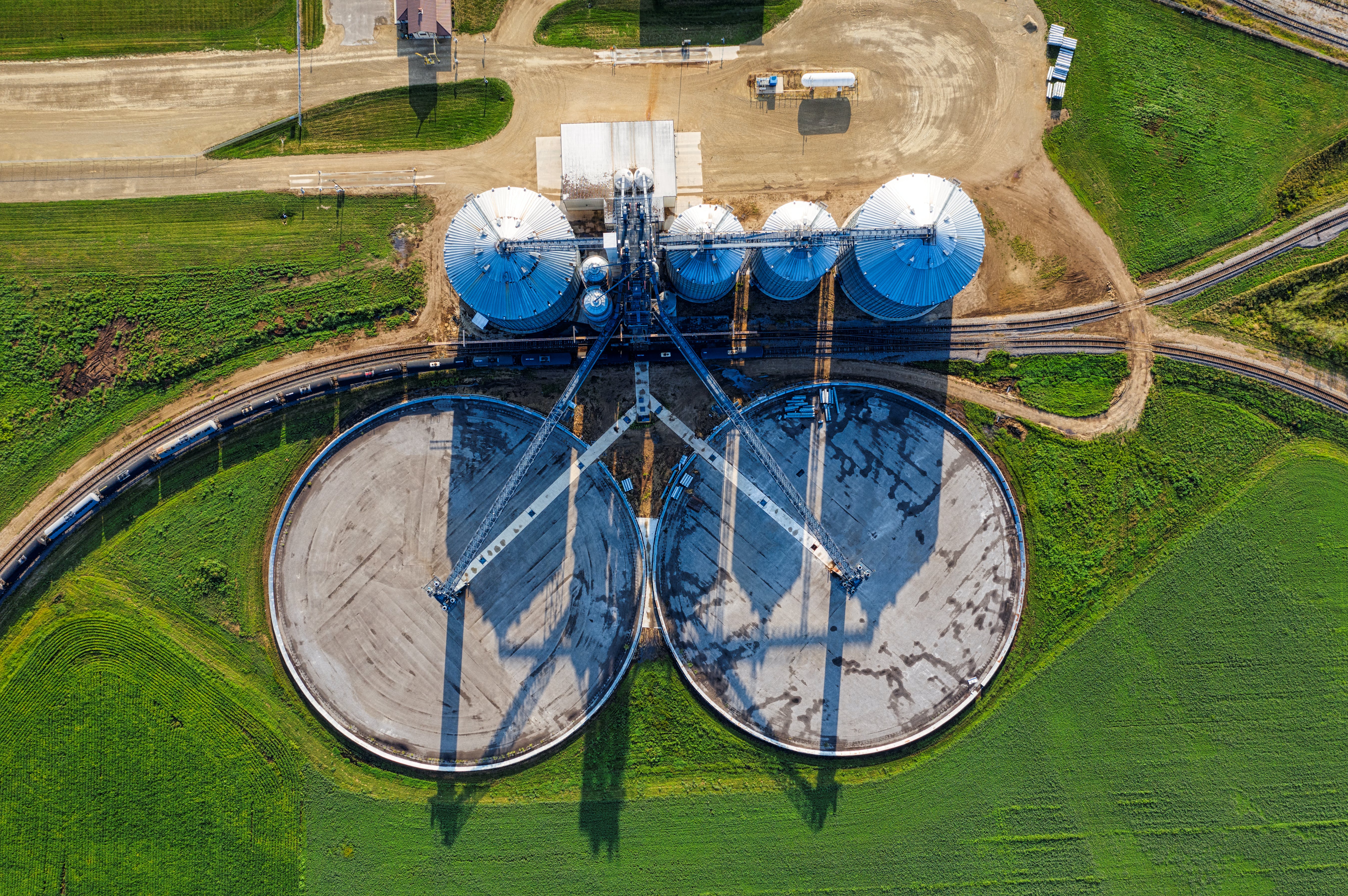
Canadian businesses have been enjoying the benefits of immediate expensing of certain types of depreciable assets since 2021. However, this temporary measure is coming to an end soon. As of December 31, 2023, eligible depreciable assets acquired and put into use in the business will no longer be eligible for immediate expensing. This means that businesses will have to revert to the traditional capital cost allowance (CCA) system for tax purposes. In this blog post, we will explore the implications of this change and what it means for Canadian businesses.
Understanding the Immediate Expense Benefit
The Canadian government introduced immediate expensing of certain types of depreciable assets in 2021 as a temporary measure to encourage investments by small and medium-sized Canadian businesses and thereby accelerate the economic recovery while supporting productivity growth in the longer term. The enhanced deduction is not limited to specific sectors and is meant to free up capital for businesses to invest in assets that drive growth. This measure does not change the total amount of Capital Cost Allowance (CCA) that may be claimed in respect of an asset. Instead, it accelerates the rate at which CCA can be claimed on eligible property, up to a maximum amount of $1.5 million per taxation year, therefore reducing the taxable income.
General Rules of Immediate Expensing
Let’s look at an example. Assume ACME Corporation acquired four asset classes after April 2021 with the following breakdown:
| CCA Class (%) | Cost of Eligible Asset | Immediate Expensing | First-Year Allowance on Remainder | Total First-Year Allowance | Current First-Year Allowance |
|---|---|---|---|---|---|
| Class 7 - 15% | $2,000,000 | $1,000,000 | $225,000* | $1,225,000 | $450,000 |
| Class 10 - 30% | $2,000,000 | $500,000 | $675,000** | $1,175,000 | $900,000 |
| Class 50 - 55% | $1,000,000 | - | $825,000*** | $825,000 | $825,000 |
| Total | $5,000,000 | $1,500,000 | $1,725,000 | $3,225,000 | $2,175,000 |
*) $1,000,000 remainder multiplied by 15% multiplied by 1.5 under the Accelerated Method
**) $1,500,000 remainder multiplied by 30% multiplied by 1.5 under the Accelerated Method
***) $1,000,000 remainder multiplied by 55% multiplied by 1.5 under the Accelerated Method.
Now let’s consider the same set of assumptions for a class 7 asset purchased on April 1, 2024, at the cost of $2,000,000. What would be the first-year allowance in this scenario?
In this scenario, the Half-year remains suspended for the class 7 asset. We will then apply the prescribed CCA rate for the class to up to one-and-a-half times the net addition to the class for the year. In this case the CCA rate is 15%. Enhanced First-Year Allowance will be calculated by multiplying the CCA rate by the cost of the asset, or $2,000,000, then multiplied by 1.5. Therefore, the enhanced first-year allowance for your Class 7 asset would be $450,000.
For further information please contact Taxtron Support at 416-491-0333 or visit www.taxtron.caPosted on 30 January 2024


